
Professor S. K. Ramachandra Rao (popularly known as SKR) was born on 4th September 1925, at Hassan in Karnataka. His father, Krishna Narayana Rao belonged to a traditional, conservative, Madhwa Brahmin family in Hanasoge, a village on the banks of the river Cauvery. The ancient mukhyaprana (Hanuman) temple in the village belonged to his family. His mother, Kamala Bai was the daughter of K. Narayana Rao of Konasur.
Education – formal schooling and traditional study
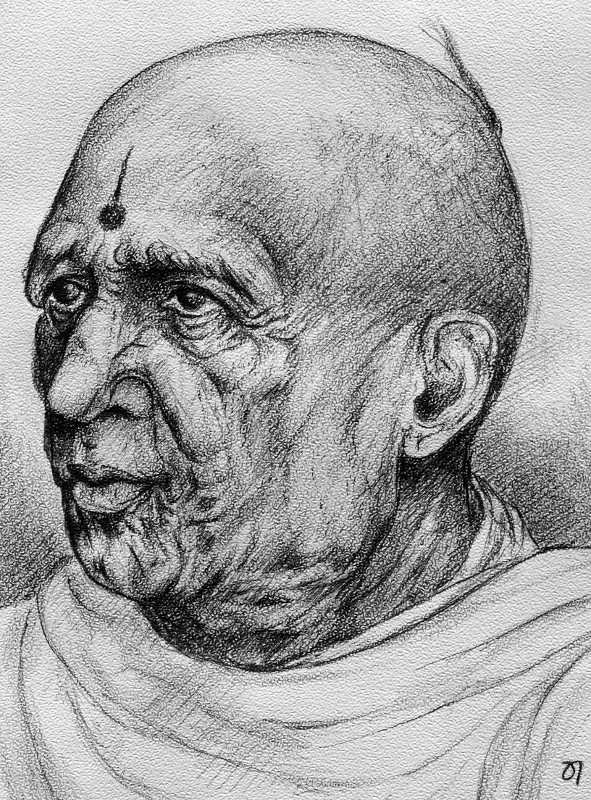
His education began in Bangalore, while he was living with his maternal grandfather. The grandfather, in retirement, started learning Sanskrit from Sri Agnihotri Yajnavitthalachar of the Uttaradi Math. The young Ramchandru, (as he was called) also listened to the lessons and picked up Sanskrit. After the death of his grandfather, Ramchandru went to Nanjanagud to live with his parents. He was about 12 years old then. Later, he joined the high school at Nanjungud, and also continued with his Sanskrit studies at the pathasala (traditional school) there.
An year later, Ramachandra Rao happened to meet the pontiff of Sringeri, Sri Chandrasekhara Bharati swami, who influenced him greatly. He expressed his desire to study the original works of Sankaracharya, to the swami. The swami immediately made arrangements for Ramachandra Rao to learn the prasthana traya with the commentary of Sankaracharya from Sri Palghat Narayana Sastri, who was teaching vedanta at the Maharaja’s College in Mysore. This went on diligently over the next several years.

After finishing high school, Ramachandra Rao continued his studies at Mysore, first at the Yuvaraja’s college and later at Manasa Gangotri, (The University of Mysore) where he got a Masters degree in Psychology.
Influences – new people, new subjects
While at the university, he came under the influence of Prof. M. Hiriyanna, the Professor of Philosophy, whom he greatly respected, Prof. Raghavachar, the Professor of Sanskrit, whom he admired, and Sri Rallapalli Ananthakrishna Sharma, who was teaching Prakrit – whom he would later respect and regard as his guru in both prakrit and musicology.
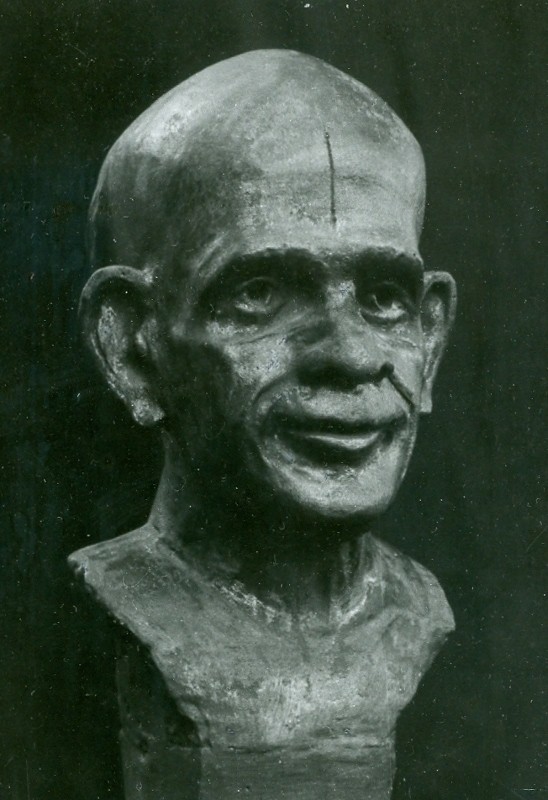
SKR had an innate interest in music and musicology which he probably inherited from his father, and this was kindled by Rallapalli (as he was known) was the disciple of Sri Bidaram Krishnappa and was well versed in music.
Work – and a tryst with Buddhism and Jainism
Soon after he graduated, Ramachandra Rao got a job as a research assistant in the Department of Industrial Psychology at the Indian Institute of Science, (IISc) Bangalore and worked under Dr N. S. Srinivasa Sastri. This was in 1948.
Even though he had studied Vedanta and the scriptures belonging to them, he had a desire to explore the systems of Buddhism and Jainism which are considered to be outside the Vedic purview. A friend of his casually mentioned that a Buddhist monk from Ceylon (Sri Lanka) was staying at the Mahabodhi Society for Chaturmasya (the rainy season) and suggested paying a visit. Thus he met the the senior bhikshu, Bhadranta Narada Mahathera of the Vajirarama Monastery of Sri Lanka. He learnt Pali and studied the Tripitakas under his guidance.
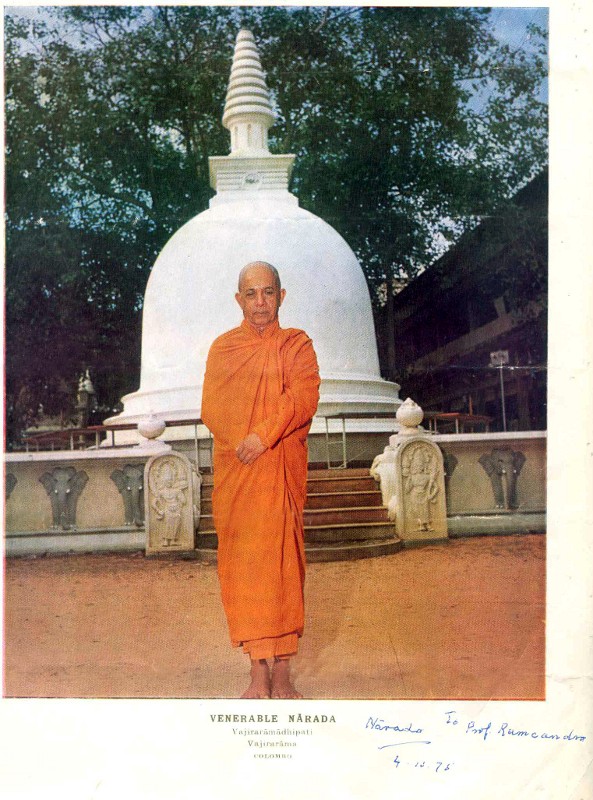
The following year also, Sri Narada Mahathera visited Bangalore and taught portions of Sutta Pitaka to SKR. He was so deeply impressed with Buddhism that he even toyed with the idea of becoming a Bhikku himself. At about the same time, he learnt Ardhamagadhi and Apabhramsa and studied some Agama texts on Jaina Philosophy.
Art – sketching, painting and sculpture
Ramachandra Rao was interested in art and sculpture even during his high school days. He experimented with different media like wax and soap for making models. He was also sketching with pencil and charcoal. Later, while he was working at the Indian Institute of Science, he came to know that the famous artist from Mysore, Sri Venkatappa was living in Malleswaram, very near his place of work. He began visiting him in the evenings, in the hope of learning from him.

Medium: Pencil sketch
But the dedicated artist that he was, Venkatappa refused to accept him as a student unless he devoted himself to art, full-time, which of course, Ramachandra Rao could not afford to do. All the same, he used to visit him often, and picked up some techniques of drawing and painting. He assiduously practiced art at his leisure and had a few one-man shows of his sketches, paintings and models of terracotta and plaster-of-paris.
NIMHANS and Indian Psychology
In 1954, the All India Institute of Mental Health (AIIMS, which later became NIMHANS) was started by the Government of India on the premises of the Government Mental Hospital in Bangalore, with Dr M. V. Govindaswami as its director. Dr M. V. Gopalaswami became the head of the Department of Psychology.
And Dr M. V. Govindaswami invited Ramachandra Rao to join the Institute as an Assistant Professor. The syllabus included Indian Social Institutions and Systems of Indian Philosophy. Importance was given to the contribution of Indian Philosophy to the various aspects of Psychology.
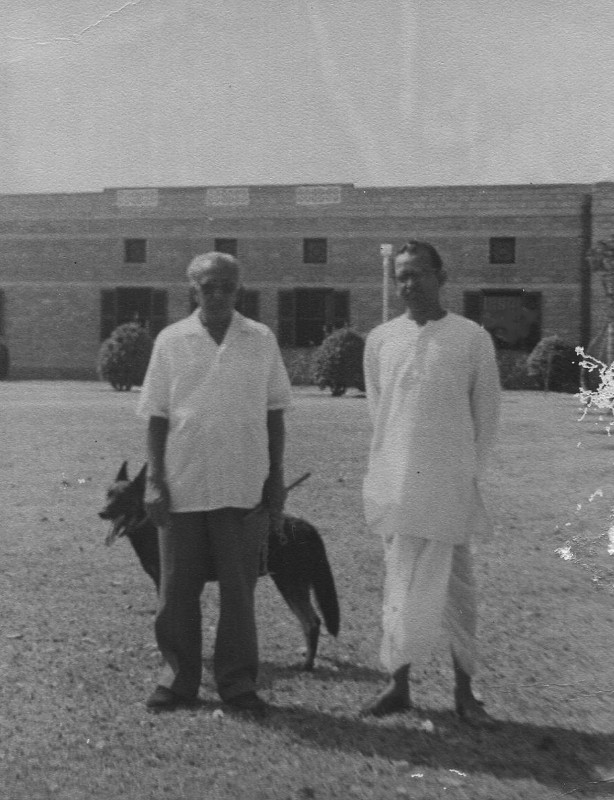
This inspired Ramachandra Rao to write a book “The Development of Psychological Thought in India” in 1962. He also created an Indian version of the Thematic Apperception Test (TAT) cards and conducted experiments with them. After the death of Dr M. V. Govindaswami, Ramachandra Rao became the head of the Department of Clinical Psychology.
Marriage and later work
He became an active member of the Mythic Society at this time and worked as the editor of its quarterly journal, publishing several articles of Indological interest.
In 1959, Ramachandra Rao married Rama T. Devi, who studied clinical psychology under him. They have two children, a daughter and a son. The daughter is a Homeopath and the son an Ayurvedic doctor in private practice.
Ramachandra Rao left NIMHANS in 1965 and worked as a visiting professor in various institutions of the Bangalore University, lecturing and teaching courses in Psychology, Indology, Philosophy, Social Work and Education. He was associated with the Callison College Study Center of the University of the Pacific (in California, USA) as the head of the Department of Indian Culture, which was based in Bangalore between 1968 and 1972. He became a senior associate of the National Institute of Advanced Studies, (NIAS) in the Indian Institute of Science and was also a guest faculty for the Indian Institute of Management (IIM) Bangalore.
He was a prolific writer and has written books on Indian culture, philosophy, literature, art and music. He has authored more than 90 books in Kannada and an almost an equal number of books in English. He has written a play in Sanskrit (pourava-dig-vijaya) and a commentary in Pali on Visuddhimagga of Buddhaghosha. (visuddhimaggabhavini) He has written a treatise in Pali (sumangala-gatha) which was published in the journal ‘The Light of the Dhamma’ in April 1957.
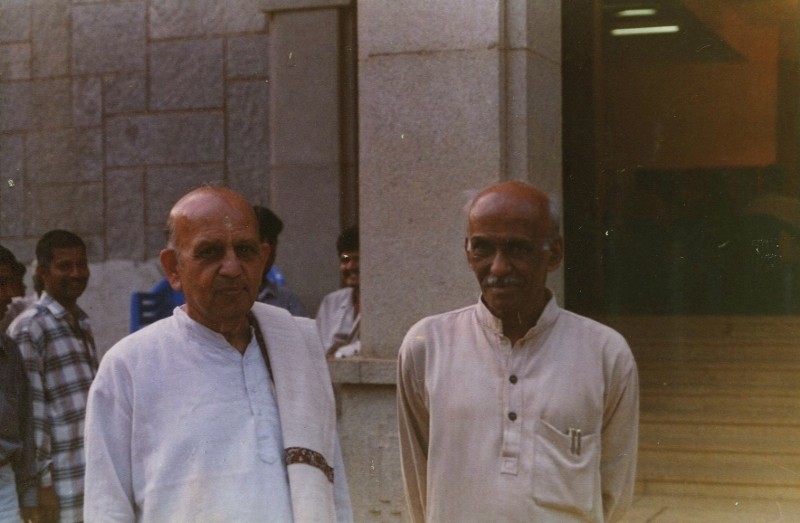
Ramachandra Rao also conducted classes at home and elsewhere for more than 35 years on various topics like the bhagavad-gita, upanishads, shiva-sutra, brahma-sutras, patanjali-yoga-sutras, vakyapadiya, shilpa-sastra, tripura-rahasya, Indology, agama-sastra, darshanas and so on. His public lectures were well-known for their clarity of thought and scholarship.
He was a member of the Karnataka State Lalitha Kala Academy, the Sangita Nritya Academy and was associated with the Karnataka Chitrakala Parishat. He served on the Agama board for the Government of Karnataka. He has been honoured with the 1986 Karnataka Rajyotsava Award. He was on the advisory committee of the Tirumala Tirupati Devastanams, (TTD) in Tirupati.
He was working on a the 17th volume of a 32-volume English interpretation of the rigveda at the time of his death in February 2006.
Titles
Prof. S. K. Ramachandra Rao has been honoured with many titles, including:
- Doctorates (D.Lit) from the Karnataka University, Dharwad University and Bangalore University
- Vedaratna Samman from the Swami Gangeshwaranandaji Trust, Mumbai
- Vidyalankara from the Nidumamidi Srisaila Mutt
- Vachaspati from the Rastriya Samskrita Vidyapeetha, Tirupati
- Sangita Kala Ratna from the Gayana Samaja
- Manya Vidya Vichakshana from the Bhandarakeri Mutt
- Sastra Vidyanidhi from the Veda Sastra Poshini Sabha, Mysore
- Anakru prashasti, (2000)
- He was honoured by the Maharshi Sandeepani Rashtriya Veda Vidya Pratishtanam of Ujjain in 2000.